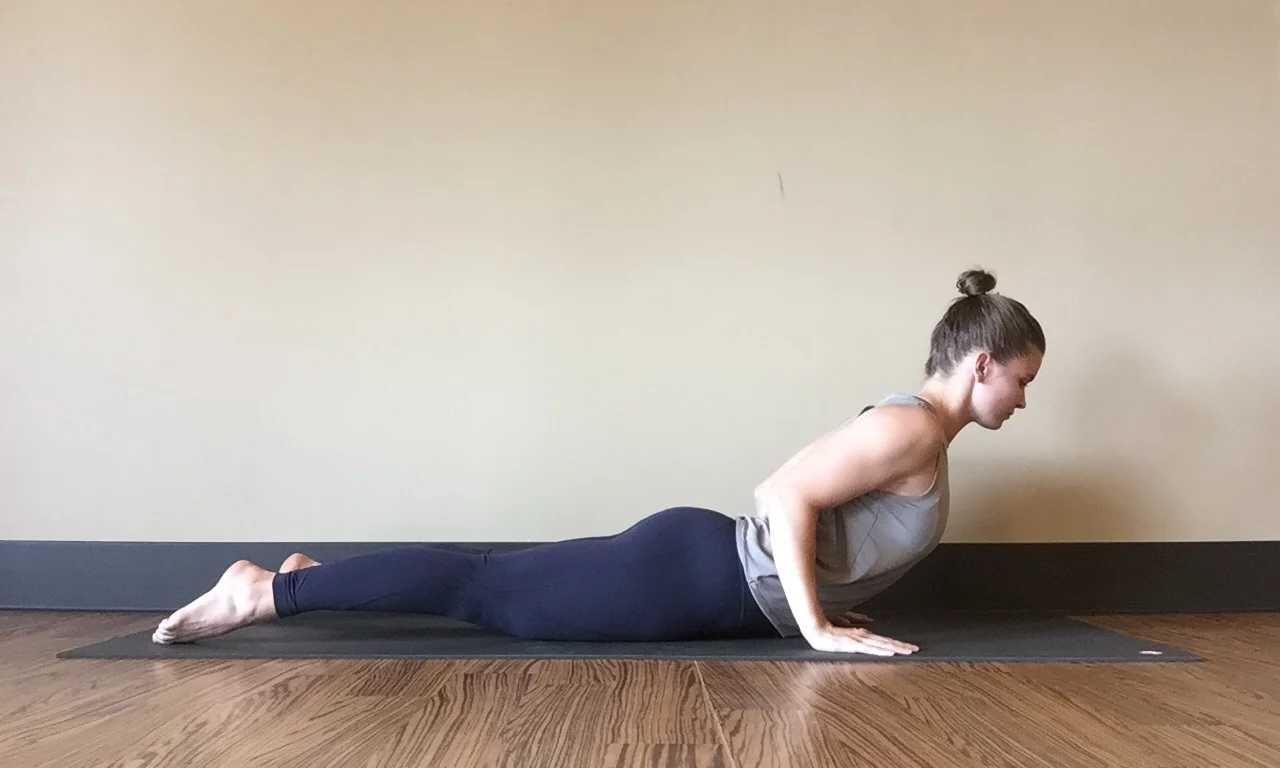Give Cobra a Chance
In the vinyasa yoga world I hear a lot of the same ailments pop up for my students:
- My low back hurts
- My shoulders are bugging me
- Why are my wrists always sore after class?
There's countless reasons as to why someone would be dealing with a limitation in their yoga practice. There's definitely no magic pill or easy solution to fix everyone's injuries. There are, however, approaches to the practice that might help students limit their injuries and extend the longevity of their practice.
I recently started to take Upward Facing Dog out of my own practice and wanted to see how it would translate in the group classes I teach. Rather than Chaturanga to Upward Facing Dog I've encouraged students to go from Plank, lower to their mat, and lift into a very active Cobra Pose. In the few weeks that I taught the transition I found myself trying to sell my students on this transition as it's different from what most of them are used to. Apparently I had some insecurities in offering something different to my students. Of course no one expressed any issues and I found that many students continued to use the Plank to Cobra transition even when I offered Chaturanga to Upward Facing Dog.
So why Cobra? Why did I start to integrate it into my own personal practice and emphasize it in my group classes? It's an often overlooked and incredibly beneficial posture!
Have low back problems?
Cobra is a very mild backbend. Rather than asking the whole spine to move into extension, the pelvis stays anchored and just the upper spine is extending. Cobra is also an excellent back strengthening posture. The muscles around the upper arms and shoulders contract and help you open your chest. It's the best way to combat slumpy, computer posture.
Shoulders bugging you?
Not to vilify Chaturanga, but Chaturanga into Upward Facing Dog is pretty demanding on the shoulder joints. Say your over a half an hour into a fast-paced, physical practice. There's a good chance your form and alignment aren't spot on due to fatigue. The shoulders can easily round forward and dip a little too low and then the transition into Upward Facing Dog becomes incredibly taxing on the shoulder joints. Plank to Cobra, on the other hand, allows you to use your arm strength to lower all the way to your mat and then lift the chest and shoulders into a much less dramatic shape.
Wrists bugging you after practice?
Ideally you'll use your hands in Cobra to get the forward pulling action of the posture and activate your upper back muscles, but the pressure on the hands and wrists is minimal. In a typical vinyasa yoga practice the wrists work so hard in Plank variations and Downward Facing Dog. Cobra gives your wrist joints a well deserved break.
Give Cobra Pose a chance! And I'd love to hear how it feels for you.
